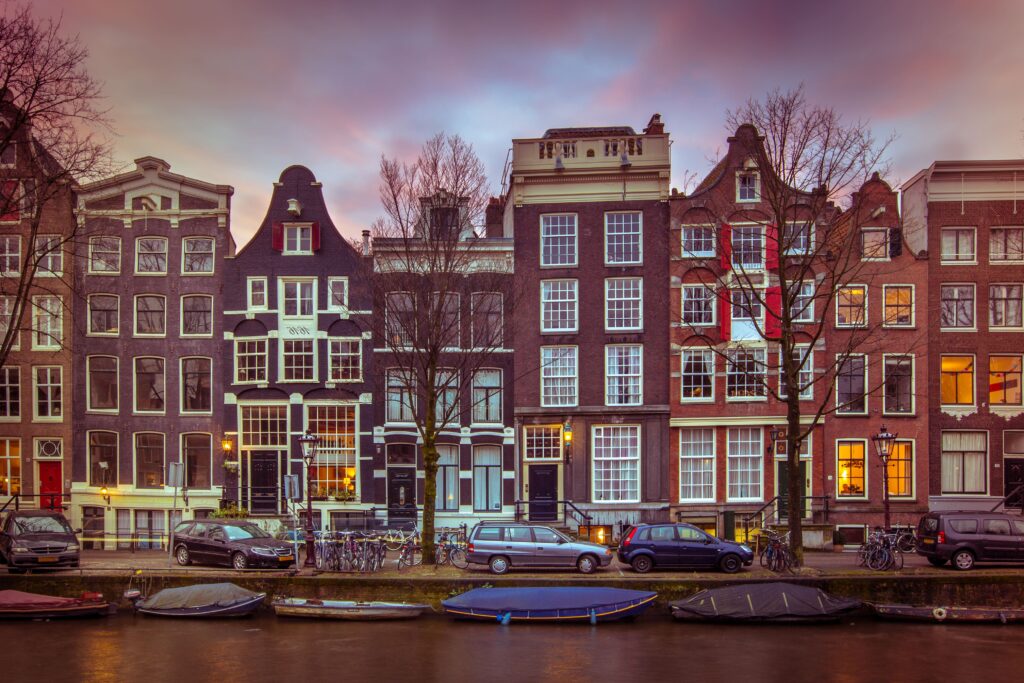In 2019, a 3D printed house was completed in Amsterdam, Netherlands. The project, known as the “Canal House”, was a collaboration between the Dutch architects DUS architects and the Chinese construction company Winsun. The house was printed using a large-scale 3D printer and was made of a composite material made of recycled plastic and natural fibers.
The 3D printing process took around two months to complete and resulted in a house with a total area of around 100 square meters. The house features a unique and modern design, with a curved roof and a series of interconnected hexagonal shapes, which provide structural stability and support. The house was also designed to be sustainable and environmentally friendly, as the materials used were recycled and the manufacturing process used less energy compared to traditional methods.
The Canal House was the first fully habitable 3D printed house in Europe, and it was intended to serve as a proof of concept for the use of 3D printing technology in the construction industry. The house was intended to be used as a short-term rental property and was open to visitors.
3D printing technology in construction is still in its early stages, but it has the potential to revolutionize the way we build structures, by allowing for faster and more efficient construction, customizable designs, and the use of sustainable materials. However, there is still a need for more research and development to improve the structural integrity, cost-effectiveness, and safety of 3D printed houses.




